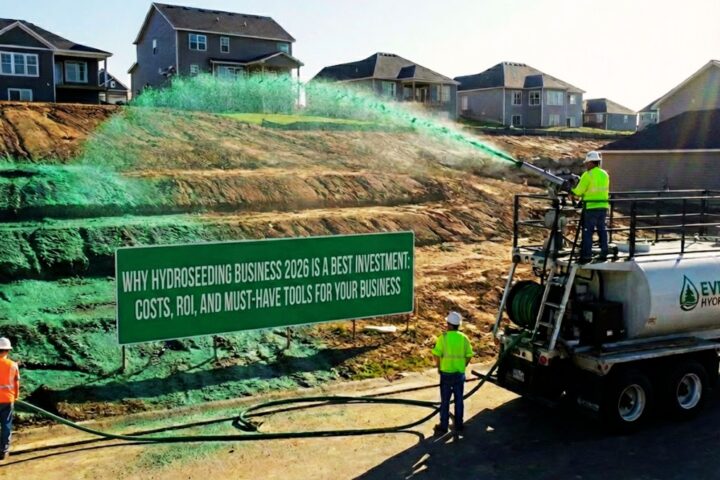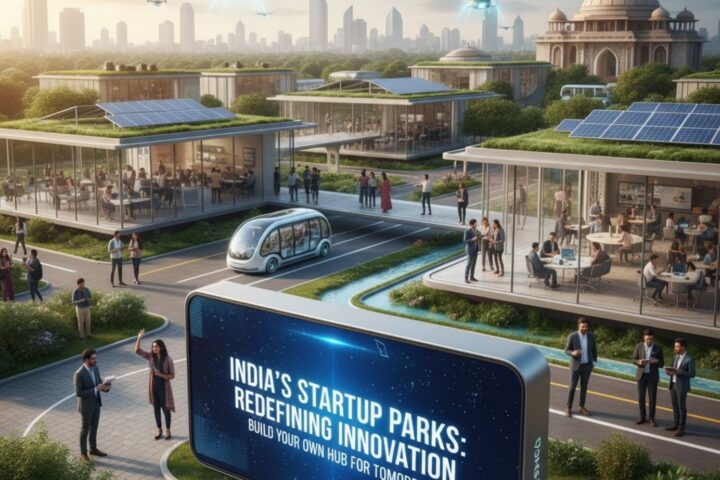Virtual and augmented reality has come a long way since its humble beginnings. What a lot of people might not know is that the concept of VR was originally envisaged to deliver “experience theatre”, which was planned to engage several senses at once. This paved the way for the invention of the Sensorama back in 1962, which was a device offering an experience that combined sight, sound, smell, and touch. Of course, VR continued to evolve over the decades, and the 1990s saw companies like Sega and Sony develop hardware that looks somewhat similar to those found today.
Nevertheless, the technology involved in VR and AR is now far removed from those days, and ideas about how it could be harnessed both today and in the future are exciting and varied. Industries around the world have started to make use of this technology and many have big plans to increase its role in the day-to-day tasks and challenges faced by all types of businesses. The UK is no different in this regard, and this post will look at how it is investing in VR and AR technology, and what it means for the future.
What Are the Differences Between VR and AR?
To understand how these technologies have reached their current iterations, it’s important to know the difference between them:
Virtual Reality
Virtual reality creates an immersive digital environment that is separate from the real world. It can either be computer-generated or a simulation of the real world and, therefore, requires hardware to be used, such as a VR headset. Users may also require controllers to interact with the world they view through the headset.
Augmented Reality
Augmented reality is different because it overlays digital content on the real world. For example, if using AR with a smartphone camera, a digital image may be shown over the top of the live image on the screen.
What Are Its Main Uses So Far?
Both VR and AR have seen rapid rises in use cases in recent years. VR has become a popular component of gaming, and the gambling industry has already begun exploring using it, with some online casinos in the UK already offering virtual gambling experiences. However, it has also been used in lots of other industries, including healthcare training and rehabilitation, business training, and virtual tourism.
AR has seen similar success in commercial applications and has been used by many different industries, such as marketing, education, interior design, and architecture.
Is the UK Looking to Invest in This Technology?
Yes, the UK certainly is looking to invest in VR and AR and has been leading the way in Europe in this regard. For example, it is estimated that investments in this technology will have increased by over 78% from 2019 to 2024 in the UK, with £62.5 billion expected to have been spent in the sector by 2030.
The great thing about this kind of investment is that it will pave the way for a new generation of businesses developing useful VR and AR applications. This will lead to lots of innovation, as well as opportunities for new and exciting university courses and career prospects.
Has the UK Government Spoken About Its Uses?
Yes, the UK government has spoken about the use of VR and AR and has also committed £18 million in funding to develop the next generation of immersive experiences in performance, visitor experience, and sports entertainment. Former Digital Minister, Margot James, spoke about the use of VR and AR in the entertainment sector back in 2019, stressing the importance of backing games companies driving technological innovation in these sectors.
This is important because continued innovation will undoubtedly require lots of investment. Of course, massive businesses often have the funds to invest in their own projects. However, this sector is likely to contribute to public services in the future – such as the National Health Service in the UK – so outside investment will be required to make advancements in these areas.
Will VR and AR Be Successful?
Both VR and AR have already seen great success in recent years, and they show no signs of slowing down soon. Consider the likes of Pokémon Go, a smartphone game that combines real-world camera backgrounds with AR overlays of Pokémon. Launched in 2016, statistics show that it peaked at 232 million users in its first year alone. When it comes to VR, you only need to look at the success of the Oculus Quest 2, which has seen revenues of over $1.5 billion since its 2020 launch.
It is clear, therefore, that this is a sector that is incredibly popular and there’s no doubt that more use cases will be available as time goes by. It’s not just about entertainment, either. For example, VR can be incredibly useful in things like healthcare. One instance of this is rehabilitation, where VR headsets have been used alongside controllers, within which users can run through an entire virtual rehabilitation session from the comfort of their home, rather than needing to travel to a medical centre.
Perhaps one of the biggest challenges for both VR and AR in the past and recent years is that hardware hasn’t been advanced enough to deal with the demands of concepts in this sector. As advancements continue in this regard, there is a much bigger scope for the use of VR and AR in lots of environments. For example, the development of holographic optical elements is touted to become a huge part of how we view images soon, which would help to improve how VR and AR images appear, providing an enhanced field of view, improved depth perception, and the ability to fit all these upgrades into easier-to-use devices. Much like old box televisions feel like relics of the past these days, so too will the VR and AR hardware we currently use at some point.
No matter what happens, it’s clear that VR and AR are here to stay, and it will be exciting to see how they influence our daily lives in the future.









